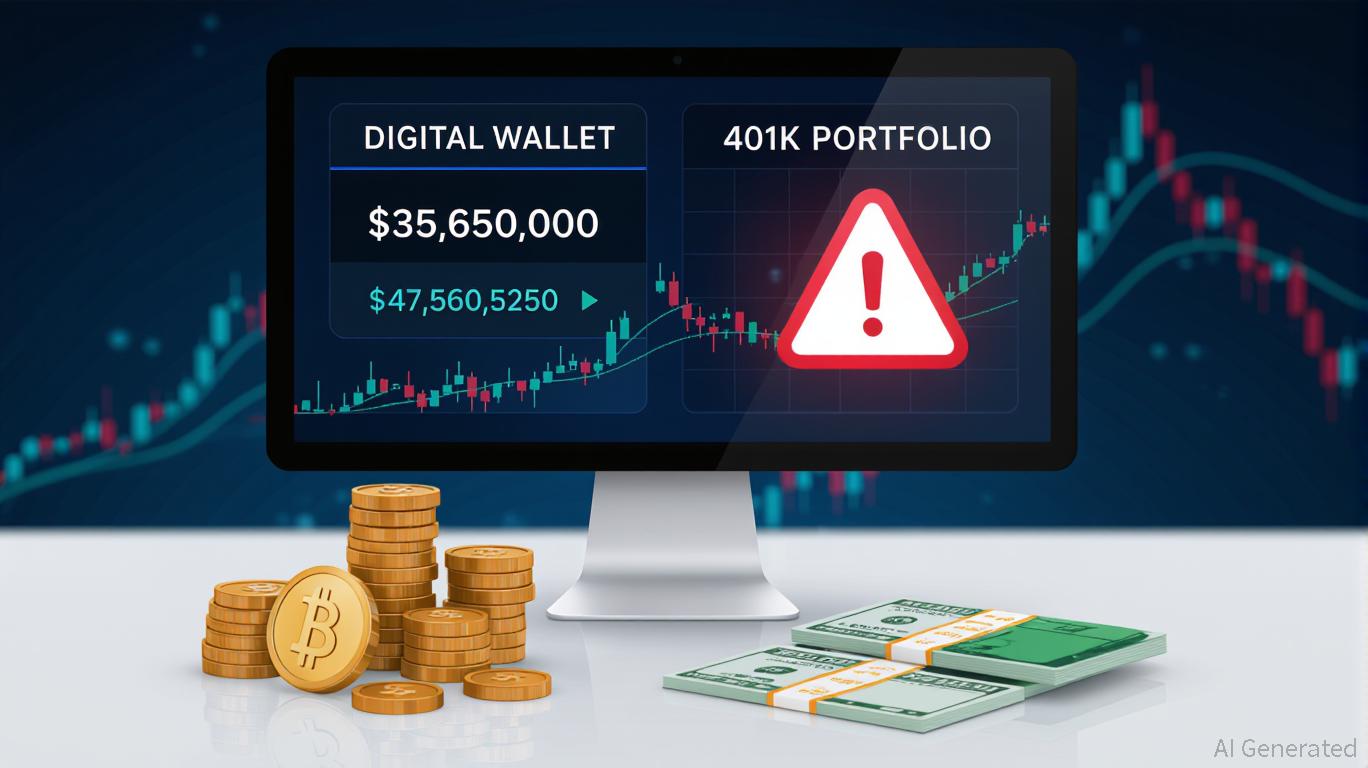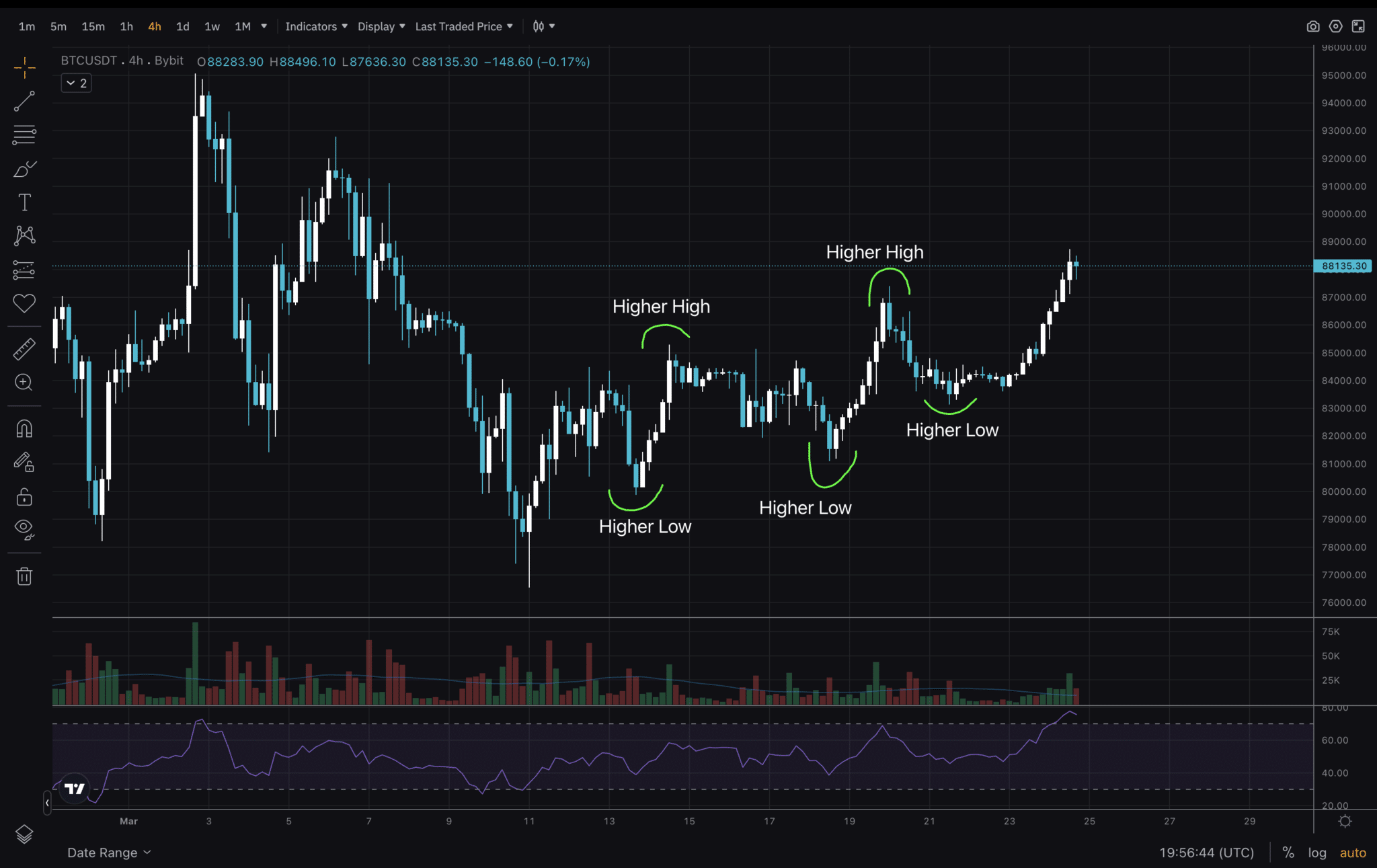
On August 7,2025, President Donald Trump signed a landmark executive order that could fundamentally reshape the landscape of American retirement planning. The directive, officially titled “Democratizing Access to Alternative Assets for 401(k) Investors, ” instructs the Department of Labor to revise existing rules and allow 401(k) plans to offer alternative assets, including cryptocurrencies like Bitcoin and Ethereum, private equity, and real estate. This move has ignited a fierce debate among financial professionals, plan sponsors, and individual investors about both the opportunities and risks this new era presents.
What the Executive Order Means for Crypto in Retirement Plans
The executive order signals a clear policy shift: every American preparing for retirement should have access to a broader menu of investment options within their 401(k). For the first time, digital assets such as Bitcoin ($112,789.00 as of September 22,2025), Ethereum ($4,194.62), and potentially even XRP could become part of mainstream retirement portfolios. This is not just a regulatory footnote – it’s a seismic change that could democratize access to high-growth but volatile asset classes previously reserved for institutional or ultra-high-net-worth investors.
According to industry analysis, the inclusion of crypto in retirement plans comes with both promise and peril. The allure is clear: cryptocurrencies have historically delivered outsized returns compared to traditional equities or bonds. However, they also introduce significant volatility and unique custody risks that most retirement savers have never encountered before.
Market Snapshot: Bitcoin Holds Above $112,000
Bitcoin’s current price stands at $112,789.00, down 2.53% over the last 24 hours with an intraday high of $115,779.00 and low of $112,281.00. Ethereum has seen even steeper short-term declines at $4,194.62 (off 6.12%). These figures highlight one of the central challenges with crypto allocation in US retirement accounts: volatility is not theoretical; it’s lived reality. For participants nearing retirement age or those with lower risk tolerance, this can create anxiety – but for younger savers seeking long-term growth potential through non-correlated assets, it may represent an attractive diversification play.
Diversification or Danger? Evaluating Crypto Allocation in US Retirement Accounts
The rationale behind allowing crypto in retirement plans centers on diversification – spreading risk across different asset classes can help mitigate losses when traditional markets stumble. Yet cryptocurrencies bring their own set of risks:
- Price swings: As noted above with Bitcoin’s recent movement from $115,779 down to $112,789 within hours.
- Lack of long-term data: While crypto has outperformed many assets since inception, its track record during prolonged bear markets or recessions is limited compared to stocks or bonds.
- Regulatory uncertainty: The Department of Labor must still clarify how fiduciaries can prudently evaluate and monitor these investments under ERISA guidelines.
- Custody and security: Storing digital assets securely remains a technical hurdle for many plan providers.
The Department of Labor’s forthcoming guidance will be crucial here; until then each employer will need to weigh whether offering crypto aligns with their fiduciary duty to protect participants’ best interests.
Bitcoin Price Prediction 2026-2031: Impact of 401(k) Adoption and Executive Order
Forecast incorporates the effects of the 2025 Executive Order permitting crypto in 401(k)s, regulatory shifts, and evolving market conditions.
| Year | Minimum Price | Average Price | Maximum Price | Estimated YoY % Change (Avg) | Key Market Scenario |
|---|---|---|---|---|---|
| 2026 | $91,000 | $125,000 | $154,000 | +10.9% | Increased 401(k) adoption; regulatory clarity emerging |
| 2027 | $104,000 | $138,000 | $173,000 | +10.4% | Broader institutional participation; moderate volatility |
| 2028 | $118,000 | $155,000 | $194,000 | +12.3% | Global pension funds test allocations; improved custody solutions |
| 2029 | $136,000 | $175,000 | $224,000 | +12.9% | Regulatory harmonization; Bitcoin ETF market growth |
| 2030 | $149,000 | $192,000 | $247,000 | +9.7% | Mainstream retirement integration; competitive crypto landscape |
| 2031 | $163,000 | $210,000 | $274,000 | +9.4% | Mature 401(k) crypto offerings; focus on risk management |
Price Prediction Summary
Bitcoin’s price outlook through 2031 is moderately bullish, underpinned by growing inclusion in retirement portfolios and broader institutional adoption. The 2025 Executive Order is expected to fuel demand, but volatility and regulatory changes will create both upside and downside risk. Price progression is expected to be logical, with average annual growth rates between 9-13%. Min/max ranges reflect both bullish and bearish market cycles, with significant influence from regulatory and macroeconomic factors.
Key Factors Affecting Bitcoin Price
- 401(k) and institutional adoption rates following the Executive Order
- Regulatory clarity and Department of Labor guidelines
- Market volatility and risk perceptions among retirement investors
- Global macroeconomic trends and inflation hedging demand
- Advancements in crypto custody and security for retirement accounts
- Competition from other digital assets and ETFs
- Potential for new use cases or Bitcoin protocol upgrades
Disclaimer: Cryptocurrency price predictions are speculative and based on current market analysis.
Actual prices may vary significantly due to market volatility, regulatory changes, and other factors.
Always do your own research before making investment decisions.
How Quickly Will Employers Adopt Crypto Options?
The executive order opens the regulatory door but does not mandate immediate adoption by plan sponsors or administrators. Early adopters may include fintech-driven providers eager to differentiate themselves by offering sophisticated alternatives like Bitcoin or Ethereum allocations alongside traditional mutual funds. Others will likely wait until there is clearer guidance from regulators – especially given lingering concerns about volatility and compliance risk.
If you’re considering adding crypto exposure via your workplace plan or want more details on what this means for your portfolio construction process as regulations evolve, see our latest resource: Crypto in Your 401(k): What Trump’s New Order Means.
For retirement savers, the pace of adoption will depend on several factors: employer willingness, plan provider infrastructure, and regulatory clarity from the Department of Labor. Early signals suggest that large employers may move cautiously, while smaller or more tech-forward firms could move quickly to capture the interest of younger, crypto-savvy employees. Ultimately, your access to Bitcoin 401(k) regulation and related options will be dictated by your plan sponsor’s risk appetite and fiduciary assessment.
Key Risks and Benefits of Crypto in 401(k)s
-

Diversification Potential: Adding cryptocurrencies like Bitcoin (BTC) and Ethereum (ETH) to 401(k)s can broaden your portfolio beyond traditional stocks and bonds, potentially enhancing long-term returns.
-

High Volatility Risk: Crypto assets are known for price swings. For example, as of September 22, 2025, Bitcoin is priced at $112,789, down 2.53% in 24 hours, while Ethereum is at $4,194.62, down 6.12%. Such volatility can impact retirement savings, especially for those close to retirement.
-

Regulatory Uncertainty: While the executive order opens the door, the Department of Labor and other regulators are still developing guidelines, which could affect how and if crypto is included in your plan.
-

Fiduciary Oversight: Plan administrators must ensure that crypto options meet fiduciary standards, but evolving rules may lead to inconsistent offerings and oversight across employers.
-

Potential for Higher Returns: Historically, major cryptocurrencies have outperformed many traditional assets over certain periods, offering growth potential for long-term investors willing to accept higher risk.
-

Employer Adoption Varies: Not all employers or plan providers will immediately offer crypto in 401(k)s. Availability will depend on individual plan decisions and provider capabilities.
It’s also important to recognize that not all cryptocurrencies will be treated equally. While Bitcoin ($112,789.00) and Ethereum ($4,194.62) are likely candidates due to their liquidity and institutional adoption, more speculative assets like XRP may face additional scrutiny before making it into mainstream 401(k) menus. Plan fiduciaries must weigh not only potential returns but also compliance with ERISA standards and operational readiness for secure custody.
Crypto 401(k) Risks and Benefits: What Savers Need to Know
The inclusion of digital assets in retirement accounts is not a one-size-fits-all solution. For some investors, especially those with longer time horizons, the opportunity for outsized returns may justify a modest allocation (often less than 5% of the total portfolio). For others, particularly those approaching retirement or with lower risk tolerance, even small exposure could introduce unwelcome volatility.
Consider these critical questions before allocating crypto in your retirement plan:
- What percentage of my overall portfolio am I comfortable exposing to high volatility?
- Does my plan provider offer insurance or enhanced security for digital assets?
- How will tax treatment differ compared to traditional investments?
Staying informed about regulatory developments is essential as the Department of Labor formulates new rules around crypto in retirement plans. Investors should also monitor real-time market data, such as Bitcoin’s current price at $112,789.00, to understand how sudden swings can impact long-term savings goals.

Next Steps for Retirement Investors
If you’re interested in exploring crypto allocation US retirement strategies as a result of Trump’s executive order on crypto 401k options, start by consulting with your plan administrator or financial advisor. Ask about upcoming changes to investment menus and any educational resources available regarding digital asset risks.
This is an evolving landscape, one where both opportunity and uncertainty coexist. As always, diversification remains key; consider balancing potential crypto gains with stable core holdings like index funds or bonds.
For deeper analysis on how these regulatory shifts could reshape your retirement strategy, and what you need to watch for as an investor, see our comprehensive guide: How Trump’s Executive Order Could Open the Door for Crypto in 401(k)s.




